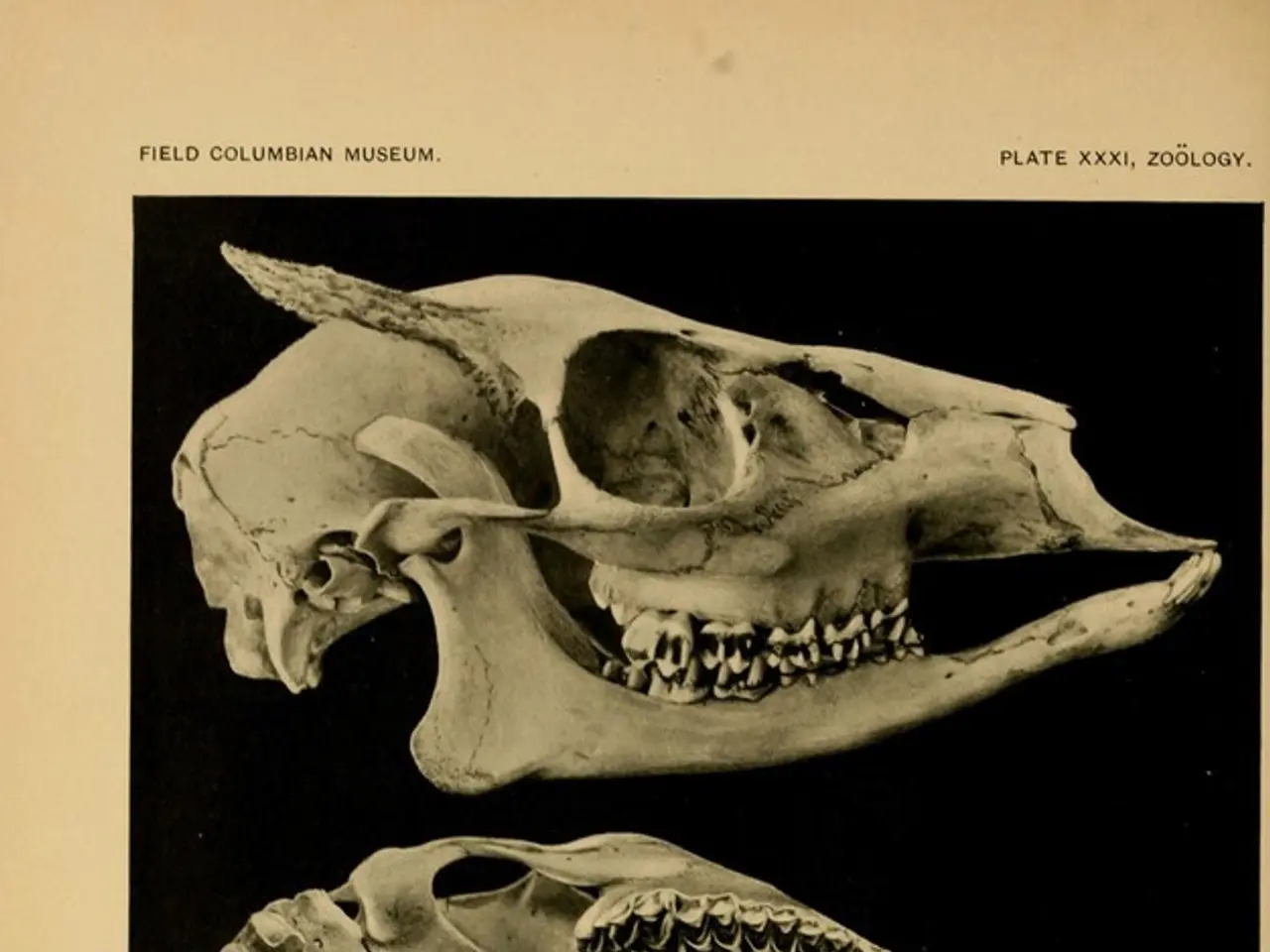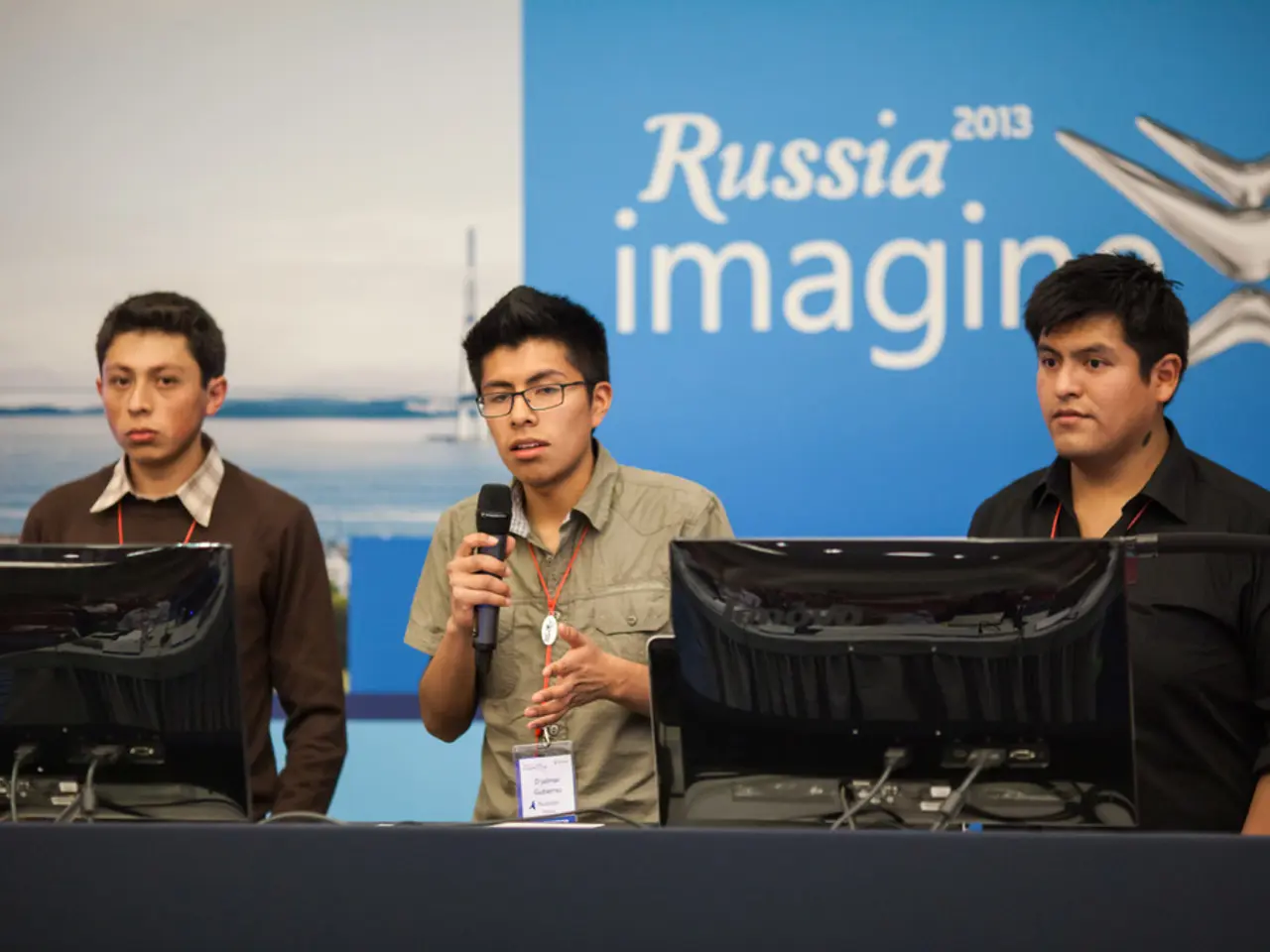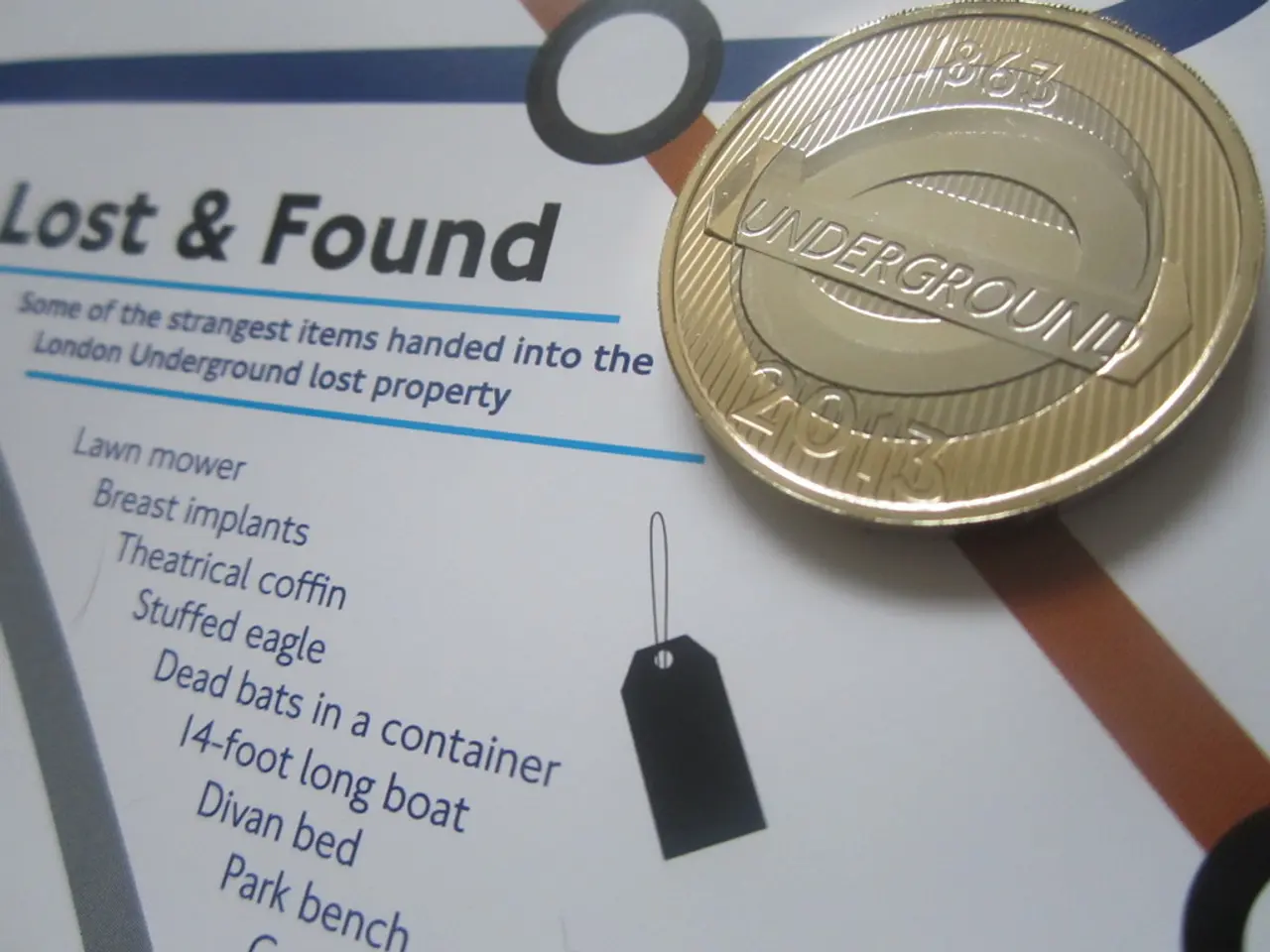Researchers uncover issue hindering immobile rovers through utilization of open-source technology
In the realm of space exploration, the mobility of rovers on extraterrestrial surfaces plays a crucial role in successful missions. However, current testing protocols on Earth often fall short in accurately replicating a rover's movement on Mars, the Moon, or other celestial bodies, particularly in soft terrain like sand or gravel. This discrepancy arises due to the lack of consideration for the differences in gravity and its interaction with surface materials.
A team of engineers at the University of Wisconsin-Madison has identified this flaw in rover testing protocols, making simulation tests less accurate. Their findings, published in the Journal of Field Robotics, highlight that Earth's gravity influences the behaviour of sand particles differently than the low-gravity environment on Mars or the Moon. As a result, Earth-based tests using scaled-down lightweight prototypes and desert sand overlook how Earth's gravity affects the sand during rover movement, leading to overly optimistic predictions of mobility.
This testing shortfall directly affects the rover's exploration capabilities by underestimating the risk of immobilization in soft terrain or rocky areas. For instance, the Spirit rover, which got stuck on a slope in 2009, could not be recovered, leading to the abandonment of the mission. Similarly, NASA's Mars Exploration Rover Opportunity was stuck in sand in 2005 and took six weeks to free.
To address this issue, engineers can develop more accurate simulation protocols that factor in both gravity differences and the mechanical interaction between rover wheels and extraterrestrial soil analogs. This includes combining detailed computer simulations with physical tests to capture realistic traction and sinkage behaviours.
Additionally, testing environments on Earth designed to better mimic Martian soil properties could be employed. These could incorporate adjusted soil mechanics under simulated low-gravity conditions or use robotic rigs that alter effective weight loads on wheels.
Integrating enhanced terrain assessment and autonomous navigation algorithms into rover design could also help. These systems can identify and avoid problematic terrain in real time based on sensor data during the mission.
Continued field simulations in extreme Earth environments analogous to Mars, such as cold deserts or high-altitude dry valleys, can validate rover responses to terrain challenges combined with other mission factors like temperature and pressure. For example, ISRO’s Mars simulation mission in Ladakh provides valuable insights.
In summary, improving rover testing should combine more realistic physical simulations that factor in gravity and soil mechanics with advanced autonomous rover capabilities to anticipate and circumvent terrains that could cause immobilization. This holistic approach would enhance rover mobility and mission resilience on Mars and beyond.
The team at UW-Madison discovered this discrepancy using open-source simulation software called Chrono, which is also used across diverse industries, including educational institutions, NASA's Jet Propulsion Lab, the U.S. Army Ground Vehicle Systems Center, the U.S. Army Engineer Research and Development Center, the National Renewable Energy Lab, and the Politecnico di Milano in Italy.
While the Perseverance rover also struggled with a stuck drill bit, the situation was resolved. Unfortunately, the VIPER rover mission, which was supposed to look for water and other useful resources on the harsher side of the Moon, was terminated in 2024. Nevertheless, the team at UW-Madison continues to work on simulation modeling for future rover missions, ensuring that our space exploration vehicles are better equipped to traverse the unknown terrains of the cosmos.
- To improve the accuracy of rover testing and ultimately enhance the success of space-and-astronomy missions, engineers should consider implementing simulation protocols that factor in both gravity differences and the mechanical interaction between rover wheels and extraterrestrial soil analogs, as proposed by the team at the University of Wisconsin-Madison.
- In the development of future rovers for environmental-science missions, such as those dedicated to Mars exploration, it is crucial to integrate enhanced terrain assessment and autonomous navigation algorithms, such as real-time sensor data analysis for terrain avoidance, to reduce the risk of vehicle immobilization.




